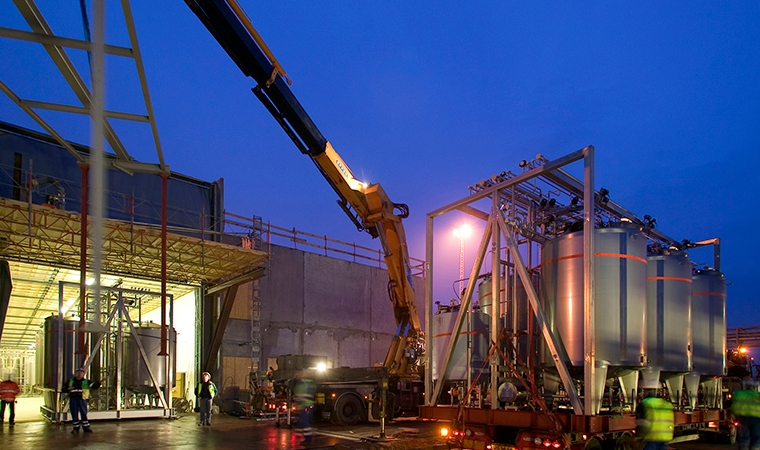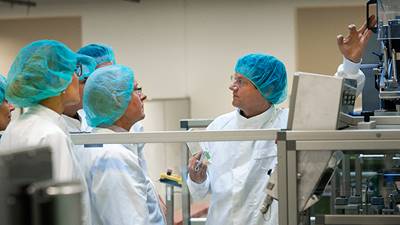A new pharma business model is emerging that focuses on flexibility, operability and utilization, allowing companies to adapt rapidly to changing market conditions.
Biopharmaceutical manufacturing plants are some of the most complex facilities in the world. Yet recent developments in the biopharmaceutical industry have increased the challenges of designing, building and operating these intricate and expansive facilities more than ever before.
With increasing insight into product requirements and product characterization, the critical path for the development of new products is shifting to process development and manufacturing timelines, making speed and flexibility more critical than ever. Future manufacturing systems must be agile enough to deliver more types of products in a shorter timeframe.
The new generation of facilities will be "designed to operate" in order to provide a higher level of flexibility, utilization and operational excellence.
The traditional business model of highly integrated facilities does not allow for this necessary increase in operational effectiveness. A new business model is emerging that focuses on flexibility, operability and utilization where companies can adapt rapidly to changing market conditions.
Designed to operate
The new generation of facility design involves the implementation of single-use technologies and new platform technologies along with a flexible approach to facility integration. With Quality by Design (QbD) as the foundation, these facilities will be “designed to operate” in order to provide a higher level of flexibility, utilization and operational excellence.
These facilities implement modular delivery approaches that include rapid deployment options, interchangeability of suites and smaller footprints that respond to the demands of the new business model of the industry. The ability to move processes in and out of the facility quickly and efficiently increases its throughput and permits flexibility when responding to changing manufacturing requirements or dealing with process problems. In addition, capacity can increase significantly by cloning the process equipment and installing additional production trains in available spaces.
The enabling technologies – what you must know
Many companies embarking on the implementation of single-use systems (SUS) have little to no experience in their design or operation. As new processes move through clinical development based on single-use technology, the list of unknowns grows and the need to clarify assumptions increases. While the process still “drives the train” for SUS-based facilities, just as it does for traditional stainless steel-based systems, the issues change.
Product characteristics have a greater impact on materials of construction and product contact surfaces. Synergy between different vendor platforms and control of the supply chain is more difficult. The compatibility of materials and components, the systems for quality testing of components and the overall procurement philosophy around supplier qualification all pose risks.
Closure definition and analysis are a critical aspect of system design. Process closure analysis is more detailed and clearly a focus of regulatory scrutiny. Managing the logistics of the numerous tube sets introduces aspects of “spaghetti management” that require a different level of project management and engineering in order to bring value and efficiency. Naturally, it also requires industry compliance with many environment, health and safety standards and current Good Manufacturing Practice (cGMP) regulations. The focus must be on operational efficiency.
Operator interface and access is also critical. Bag movement and placement, tube set interconnection and closure verification, and waste removal and management all introduce new design attributes for the project.
Flexibility definitions will vary between companies and projects. Project delivery will be highly integrated with the design approach as new modular facility approaches and platforms are introduced. Nonetheless, this variability, redundancy and utilization are integrated to provide the best solution to meet business goals and project needs.


